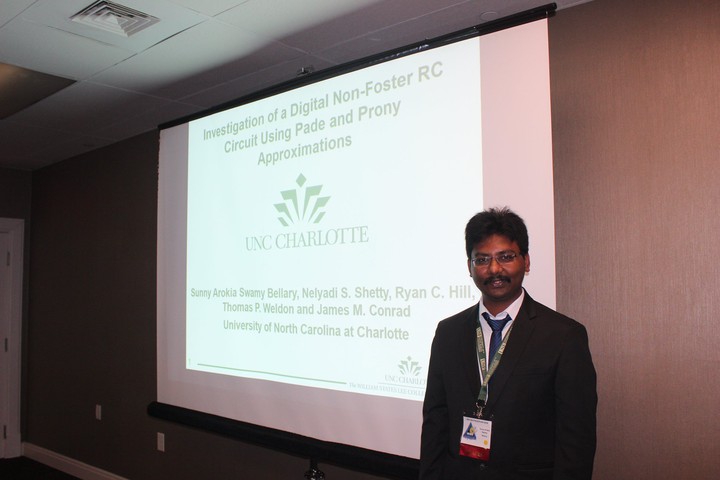Investigation of a Digital Non-Foster RC Circuit Using Pade and Prony Approximations

Abstract
Non-Foster circuits can be used to improve the performance and bandwidth of existing applications, and to enable new technologies such as acoustic cloaking. Although analog approaches for the implementation of non-Foster circuits have existed for some time, digital discrete-time implementations of non-Foster circuits have recently been introduced. Previous digital discrete-time implementations of non-Foster circuits used a backward difference method to design the digital non-Foster circuit. In this paper, Pade and Prony modeling methods are presented for the design of digital non-Foster RC series circuits. The performance of the proposed Pade and Prony methods are compared with the earlier approach using the backward difference method. The Pade and Prony methods were shown to better approximate resistance in the mid bandwidth region than the backward difference method for a positive capacitance and resistance as well as a negative RC circuit. Lastly, a prototype using the Prony method to design a digital positive R C series circuit was implemented on a microcontroller, with measured results closely matching theory.